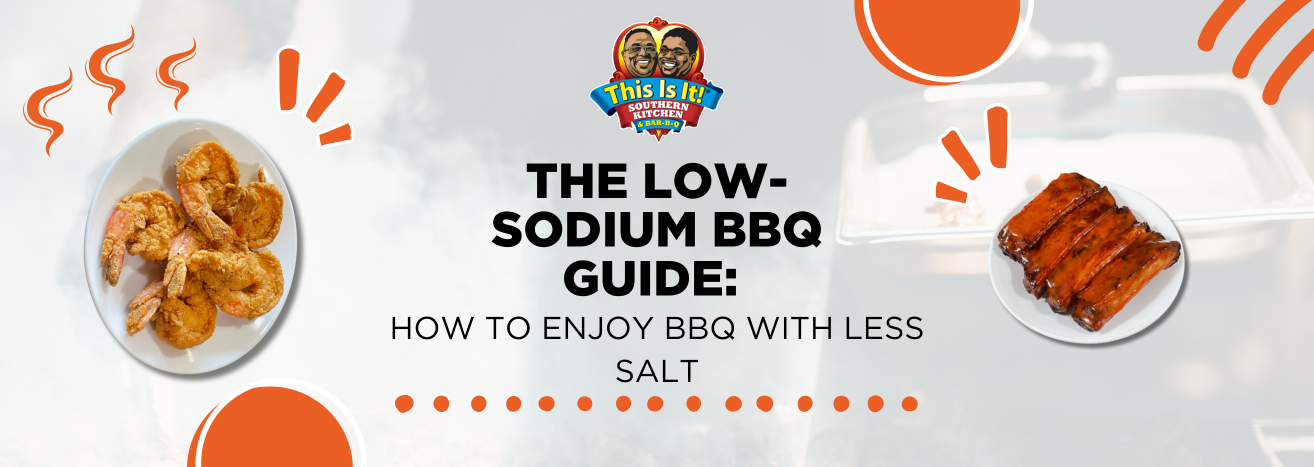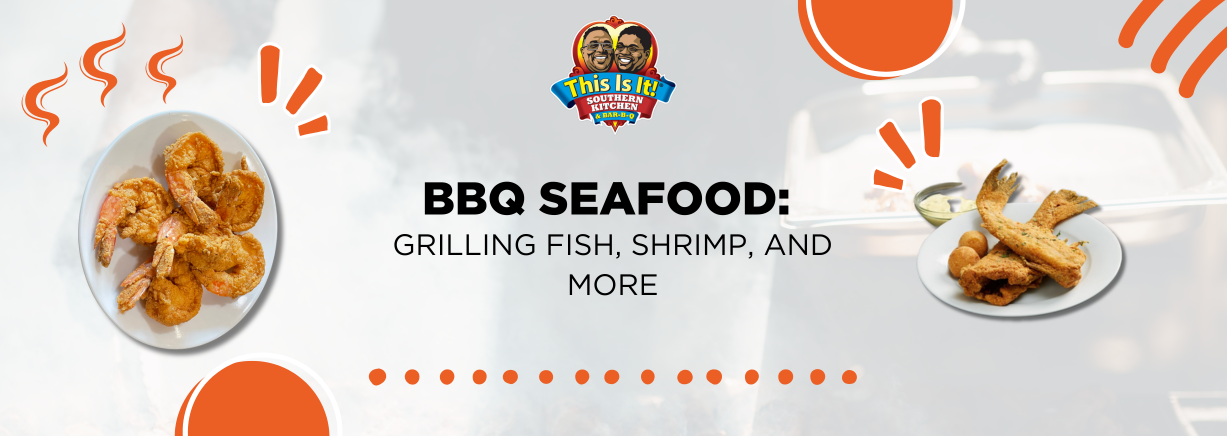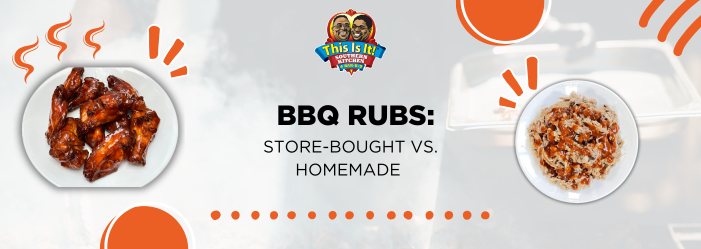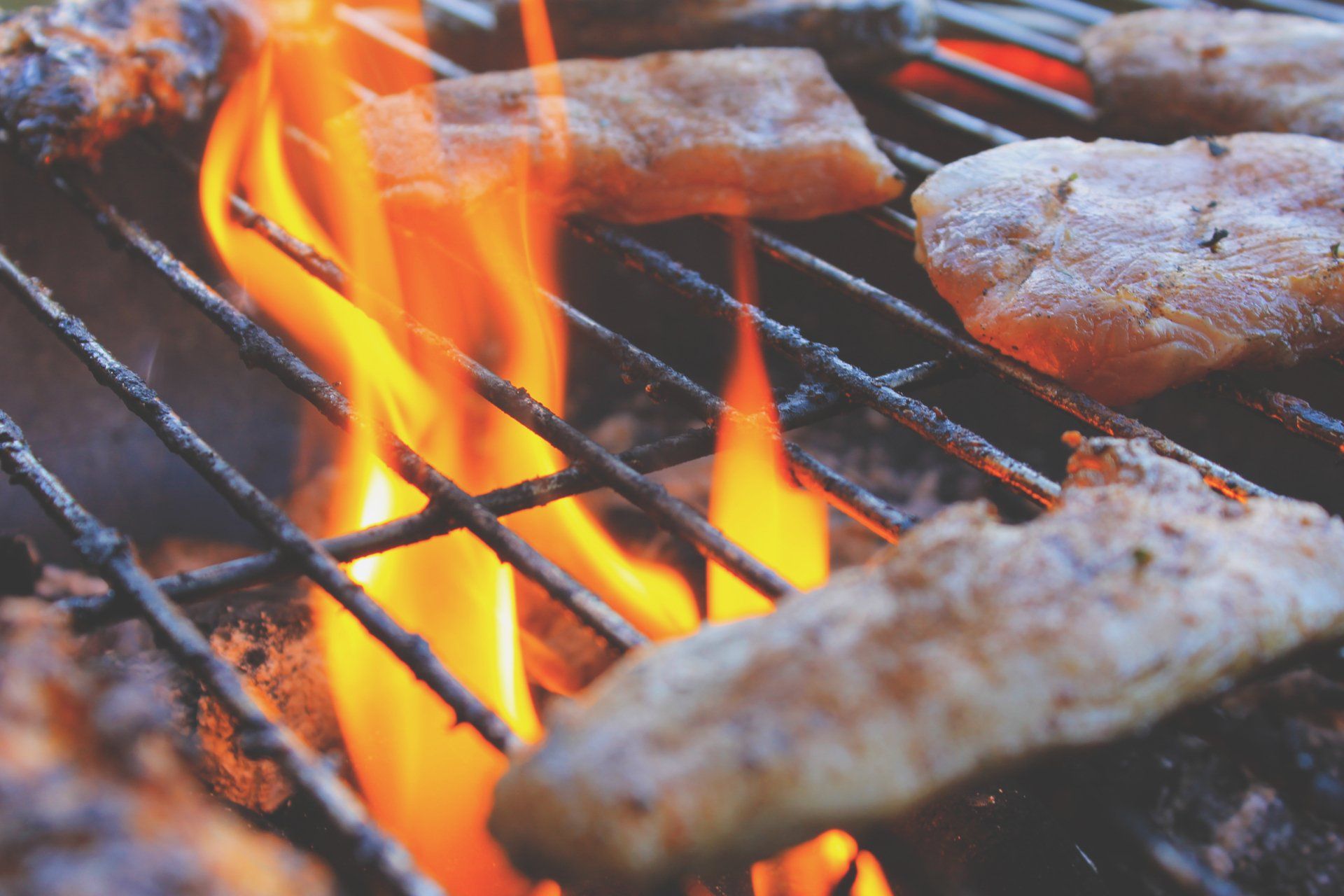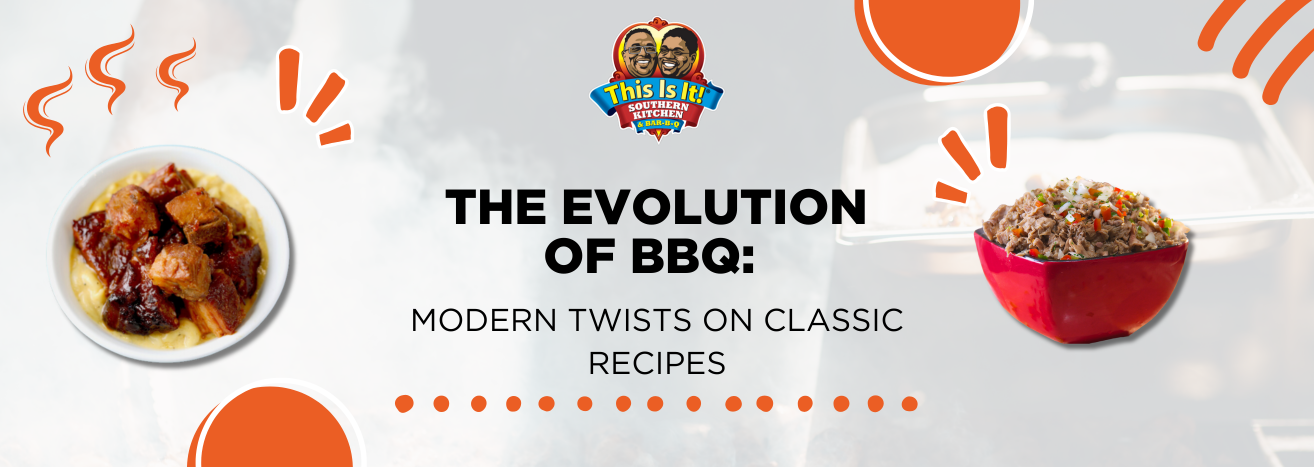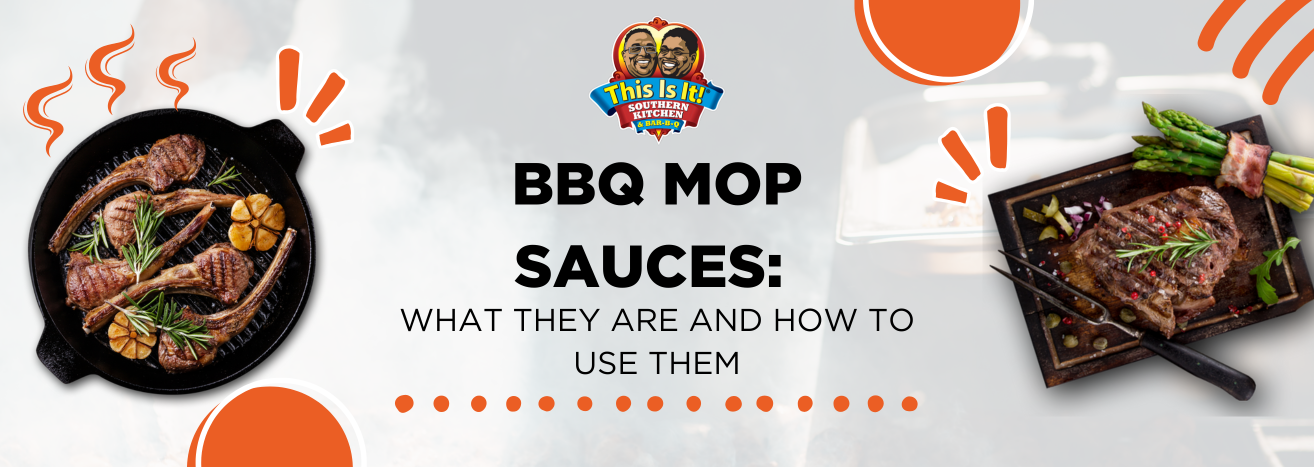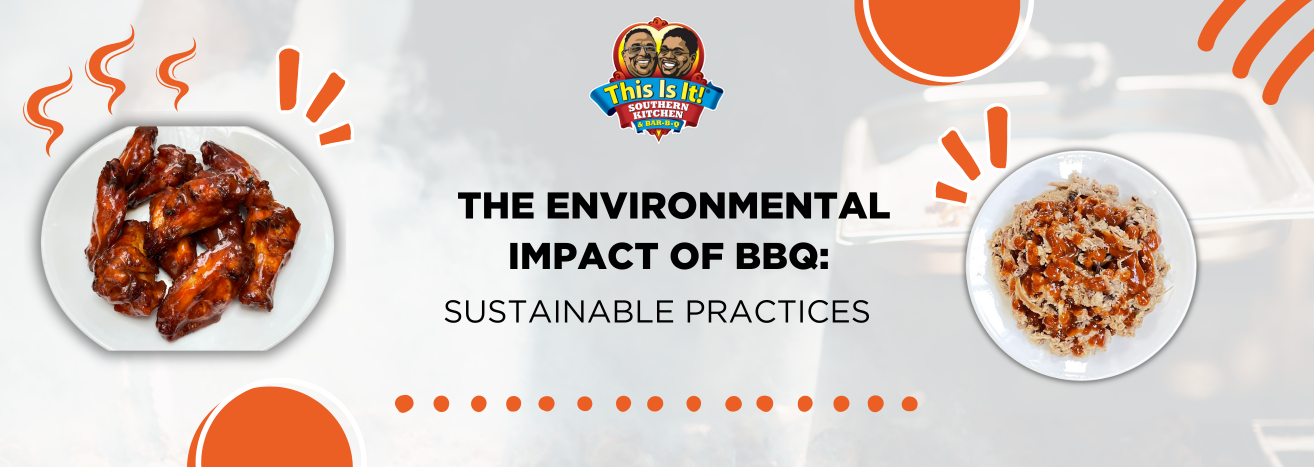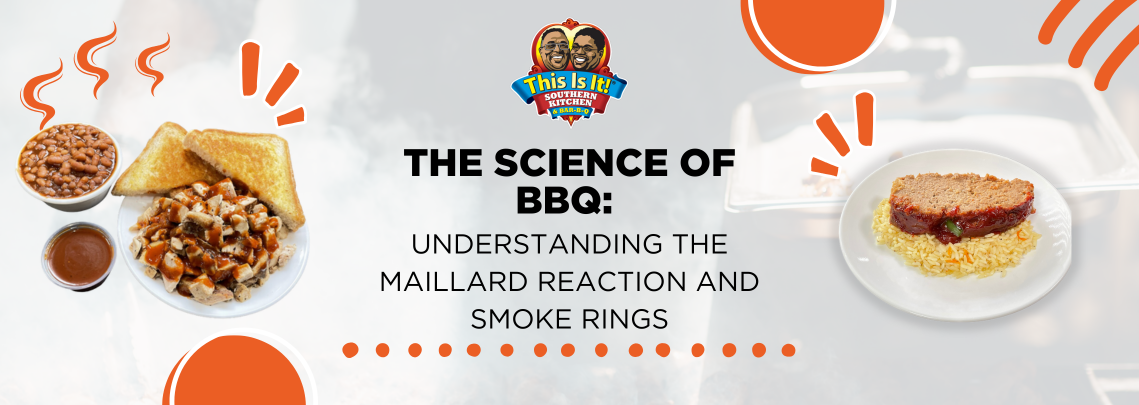How to Clean and Maintain Your Grill or Smoker: Essential Tips for Keeping Your BBQ Equipment in Top Condition
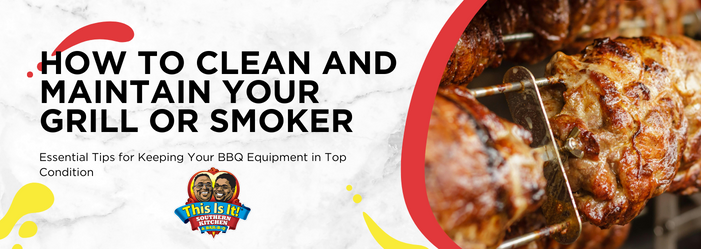
Table of Contents
Table of Content
Know Your Gear (Types of Grills and Smokers)
Basic Cleaning: After Each Use
- Heat Cleaning
- Scrub the Grates
- Clear Out Ash (for Charcoal Grills)
- Surface Cleaning
Thorough Cleaning: Biannual Ritual
- Disassemble
- Soak and Scrub
- Burner Maintenance (for Gas Grills)
- Ignition Checks
- Interior Clean-up
- Wash and Dry
Proactive Care and Maintenance
- Protective Covering
- Leak Checks (for Gas Grills)
- Lubricate
- Winter Storage
Insider Tips for Enhanced Durability
- Choose Suitable Cleaning Instruments
- Regular Rust Inspection
- Component Upgrades
- Spare Parts Supply
Summary
Barbecuing is a beloved activity for many, especially during the warmer months. Yet, the task of cleaning and taking care of the grill or smoker can seem overwhelming. Proper upkeep not only extends the life of your barbecue gear but also ensures it functions safely and efficiently. This guide will provide you with critical steps and expert advice on maintaining your grill or smoker, enhancing your cooking experience and protecting your investment.
Know Your Gear
Before you start your maintenance routine, it's vital to recognize that different types of grills and smokers require tailored care:
- Charcoal Grills: Favored for their smoky flavor, these grills must be cleaned thoroughly to remove ash and residual charcoal that can block airflow and affect temperature management.
- Gas Grills: Valued for their ease and cooking precision, they need routine checks of gas lines and burners to avoid unexpected flames and ensure consistent cooking temperatures.
- Electric Grills: Generally simpler to maintain due to fewer moving parts, these grills still require routine cleansing of heating elements and collection trays.
- Smokers: Regardless of type, smokers need regular upkeep to manage the accumulation of soot and grease, which can alter the taste of smoked dishes.
Basic Cleaning: After Each Use
Starting a post-cooking cleaning regimen is the first step in caring for your grill or smoker:
- Heat Cleaning: After grilling, crank up the heat for about 10-15 minutes to char excess grease and food remnants, making them easier to scrub off.
- Scrub the Grates: Once they've cooled, tackle the grates with a grill brush. Opt for stainless steel brushes, but be vigilant about stray bristles, which can be hazardous if ingested.
- Clear Out Ash: For charcoal units, make it a habit to empty the ash tray regularly to prevent blockages and rust.
- Surface Cleaning: Wipe down both the interior and exterior surfaces with a moist cloth to cut through grease and dirt.
Thorough Cleaning: Biannual Ritual
Deep cleaning your grill or smoker twice yearly is crucial for optimal performance:
- Disassemble: Take apart elements like burners, grates, and other removable pieces.
- Soak and Scrub: Submerge grates and parts in a warm, soapy water solution. Use a scrubber or steel wool on stubborn deposits.
- Burner Maintenance: For gas grills, inspect burners for blockages and clean them with a stiff brush, making sure the ports are clear for gas flow.
- Ignition Checks: Keep the ignition system clear of obstructions and in good working order, replacing batteries in electronic igniters as needed.
- Interior Clean-up: Remove carbon deposits and grease from inside walls and beneath the lid using tools like a putty knife.
- Wash and Dry: Thoroughly wash all parts and dry them completely to prevent rust before reassembling.
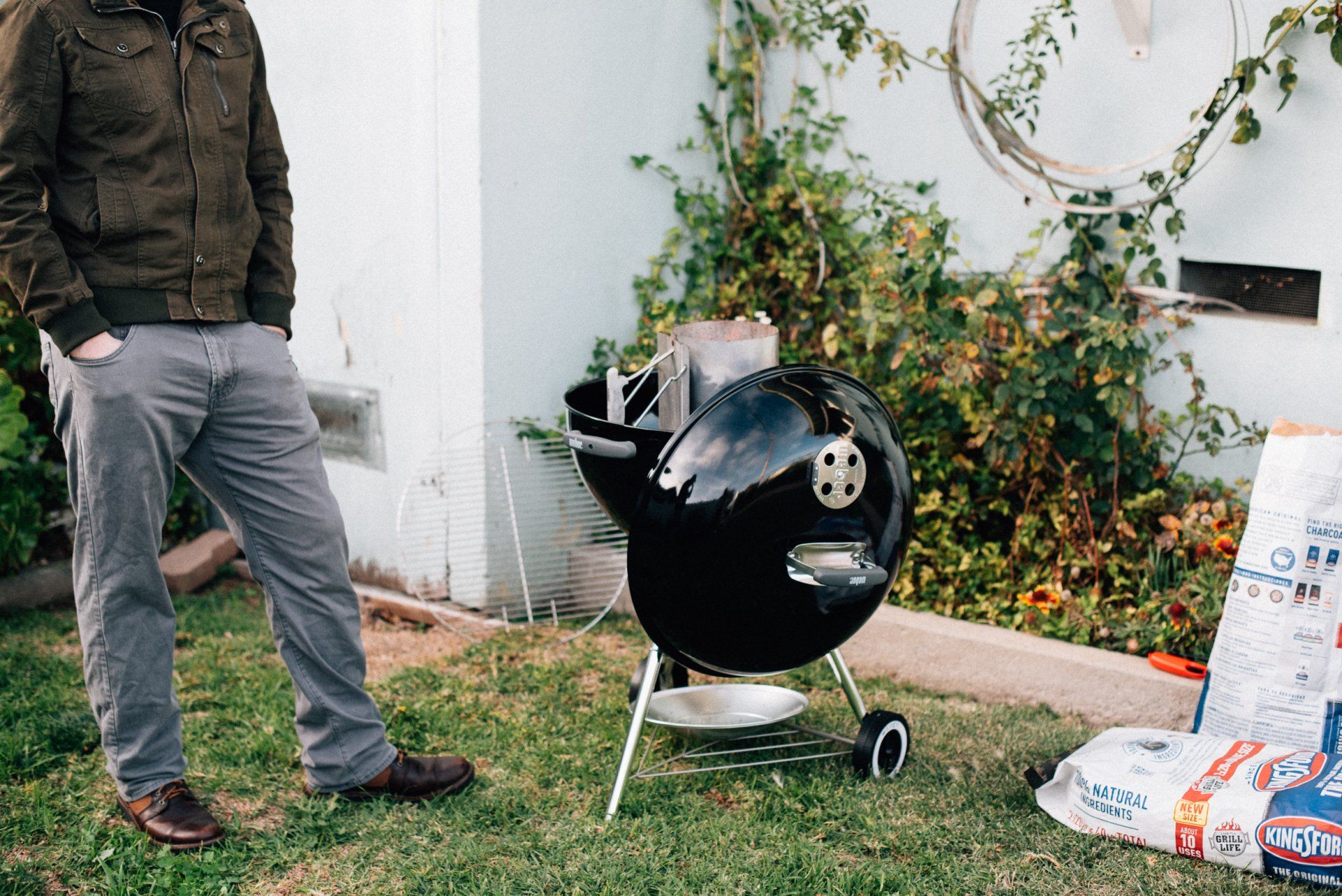
Proactive Care and Maintenance
Beyond cleaning, maintaining your grill involves several preventive measures:
- Protective Covering: Always shield your grill with a cover when not in use to guard against weather-induced wear and rust.
- Leak Checks: For gas grills, regularly test for leaks by applying a soap solution to connections; bubbling indicates a leak that must be fixed promptly.
- Lubricate: Apply a food-grade lubricant to parts like vents and lids to keep them from sticking.
- Winter Storage: If you're stowing your grill for the winter, ensure it's clean and dry. Remove batteries from igniters to prevent corrosion.
Insider Tips for Enhanced Durability
- Choose Suitable Cleaning Instruments: Steer clear of harsh tools that could scratch or damage surfaces. Nylon brushes or specially designed wooden scrapers are safe choices.
- Regular Rust Inspection: Keep an eye out for rust. Address small areas with cooking oil to help inhibit spread.
- Component Upgrades: Think about upgrading parts like grates or burners to durable materials like stainless steel or cast iron, which are easier to maintain and last longer.
- Spare Parts Supply: Keep a stock of essential spare parts like extra burners and igniters to quickly remedy wear and tear issues.
Summary
Taking care of your grill or smoker is a critical aspect of the barbecue ritual. Not only does it ensure your equipment's safety and efficiency, but it also affects the taste and quality of your food. By setting up routines for regular and deep cleaning, and by implementing preventive measures to protect your grill from elements, you ensure a lasting and enjoyable grilling experience.
